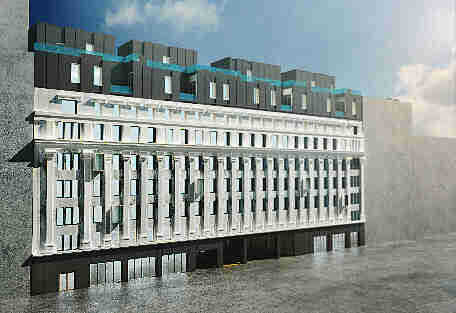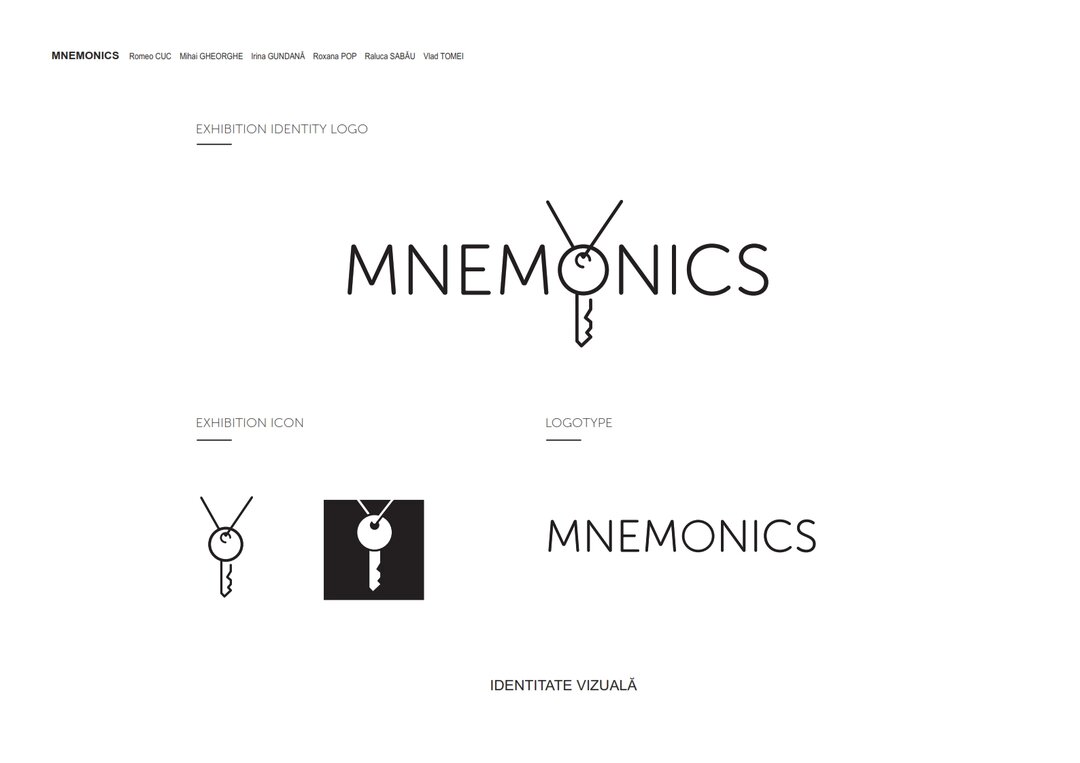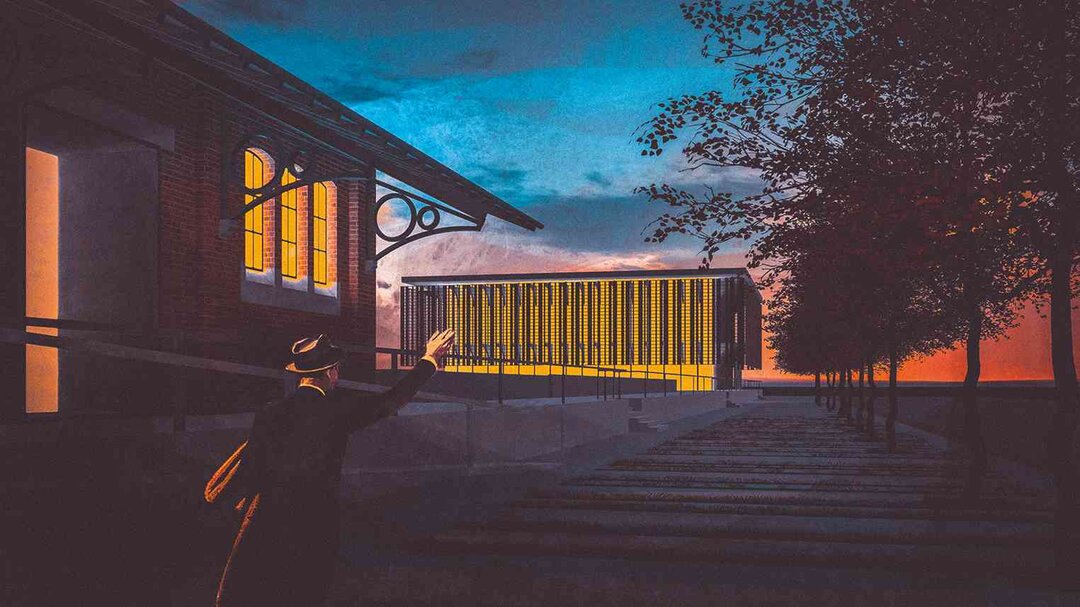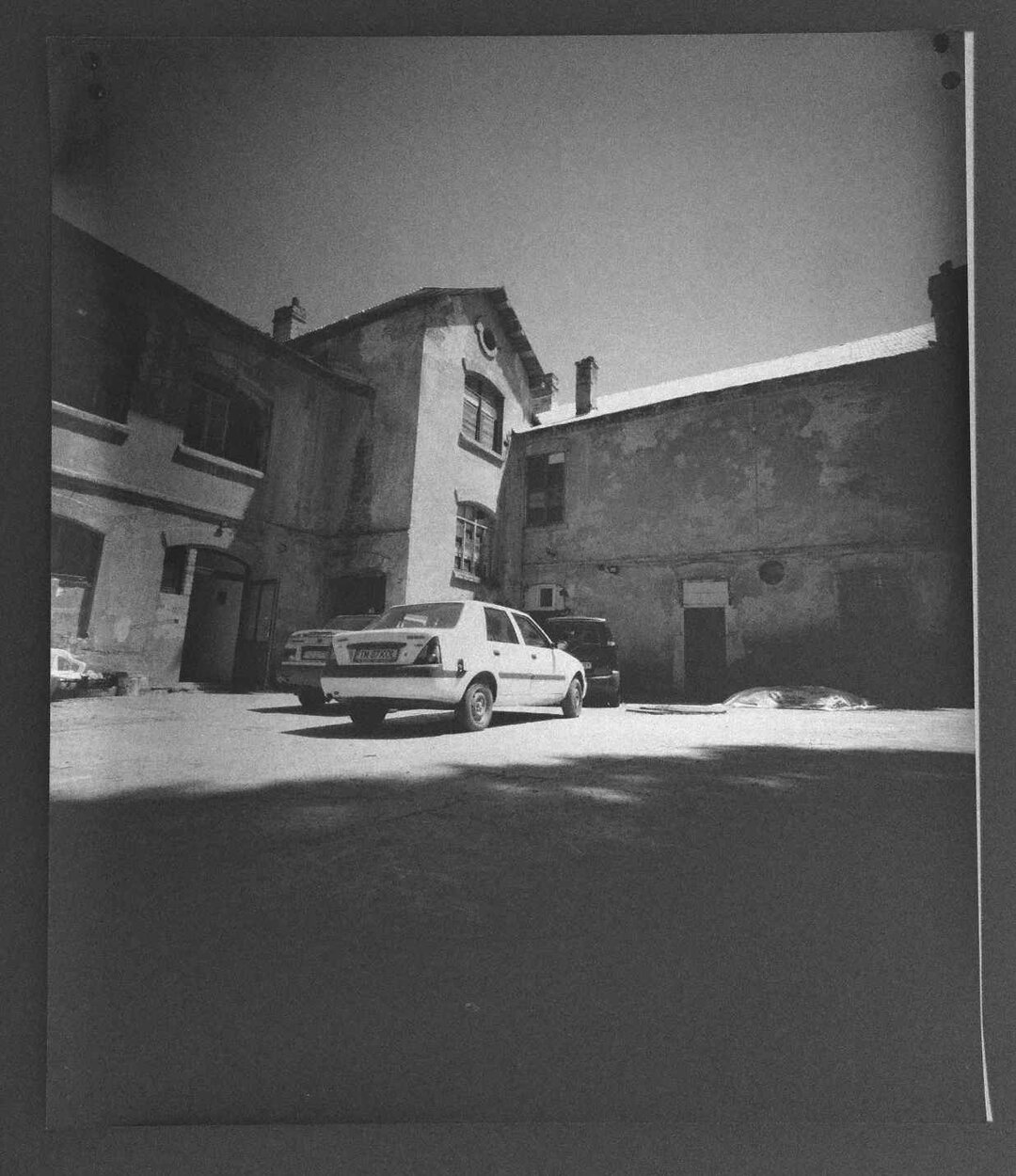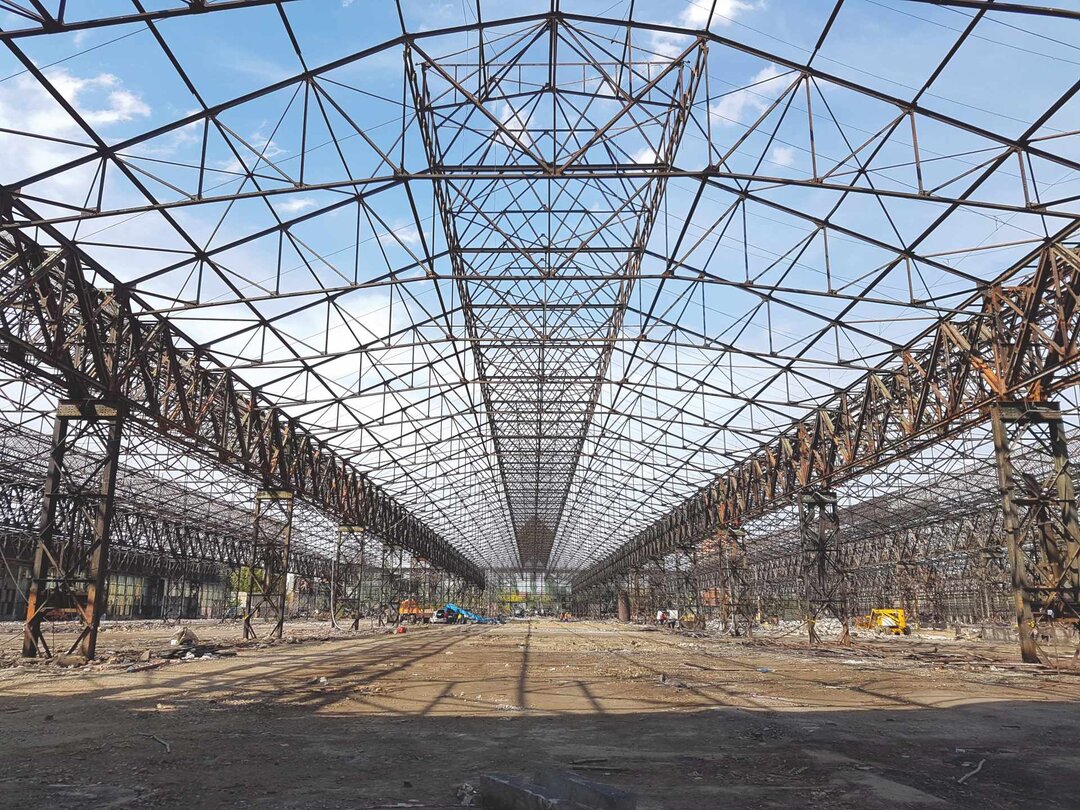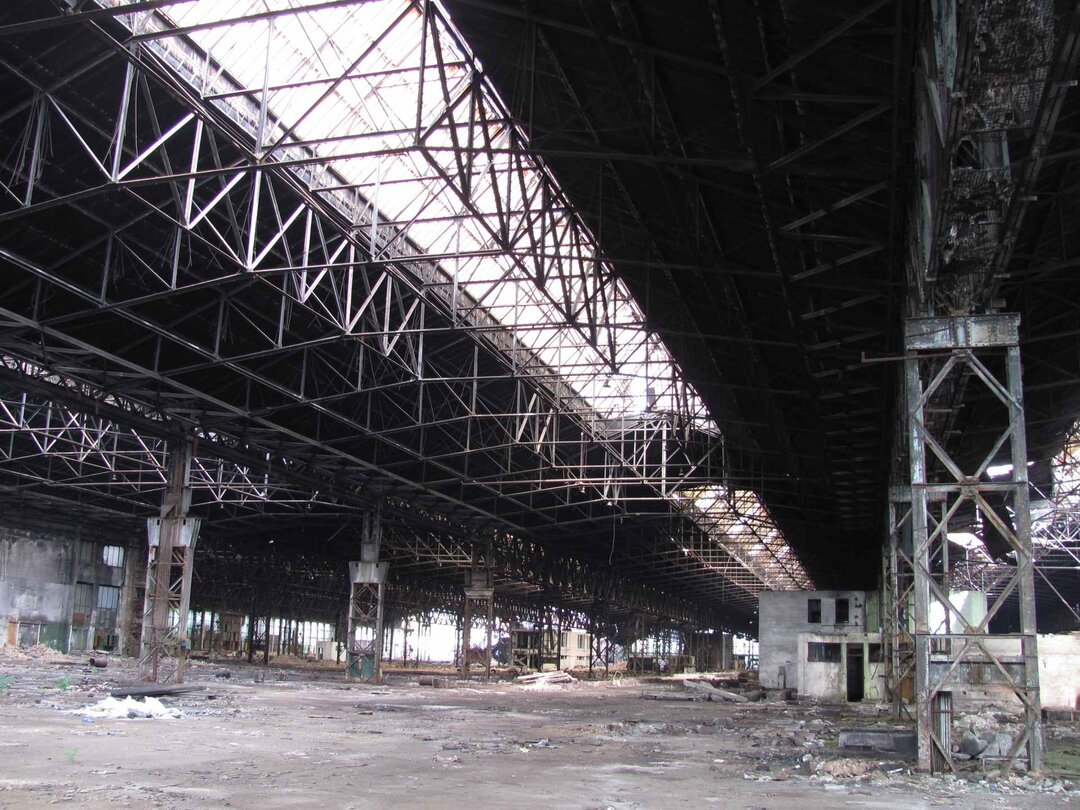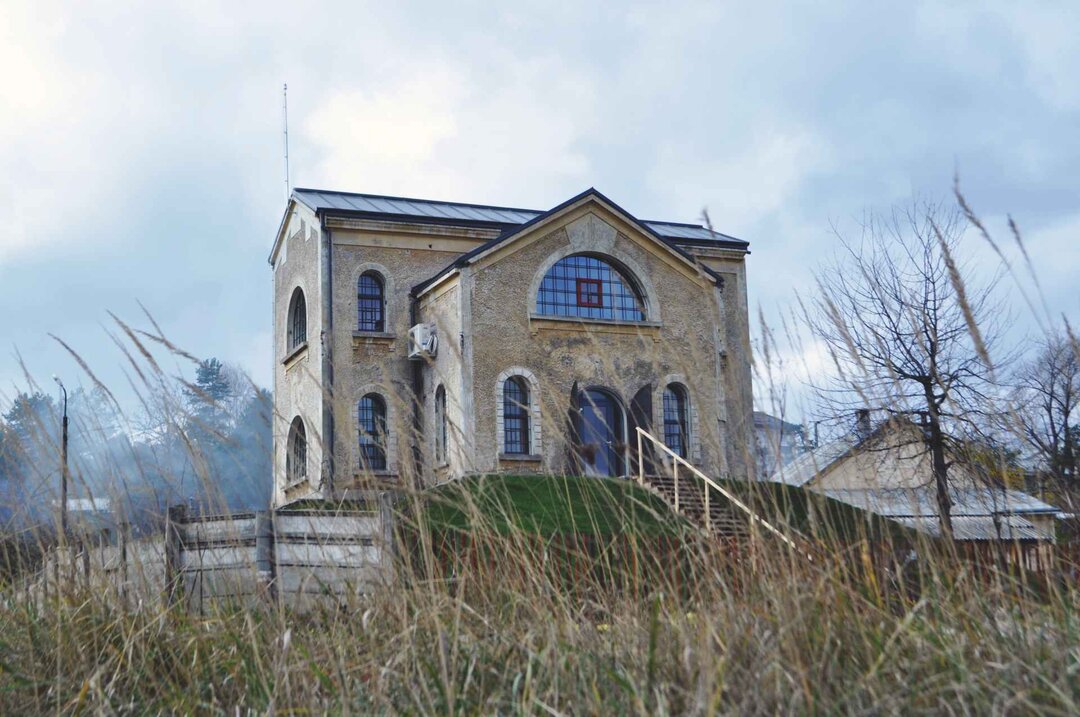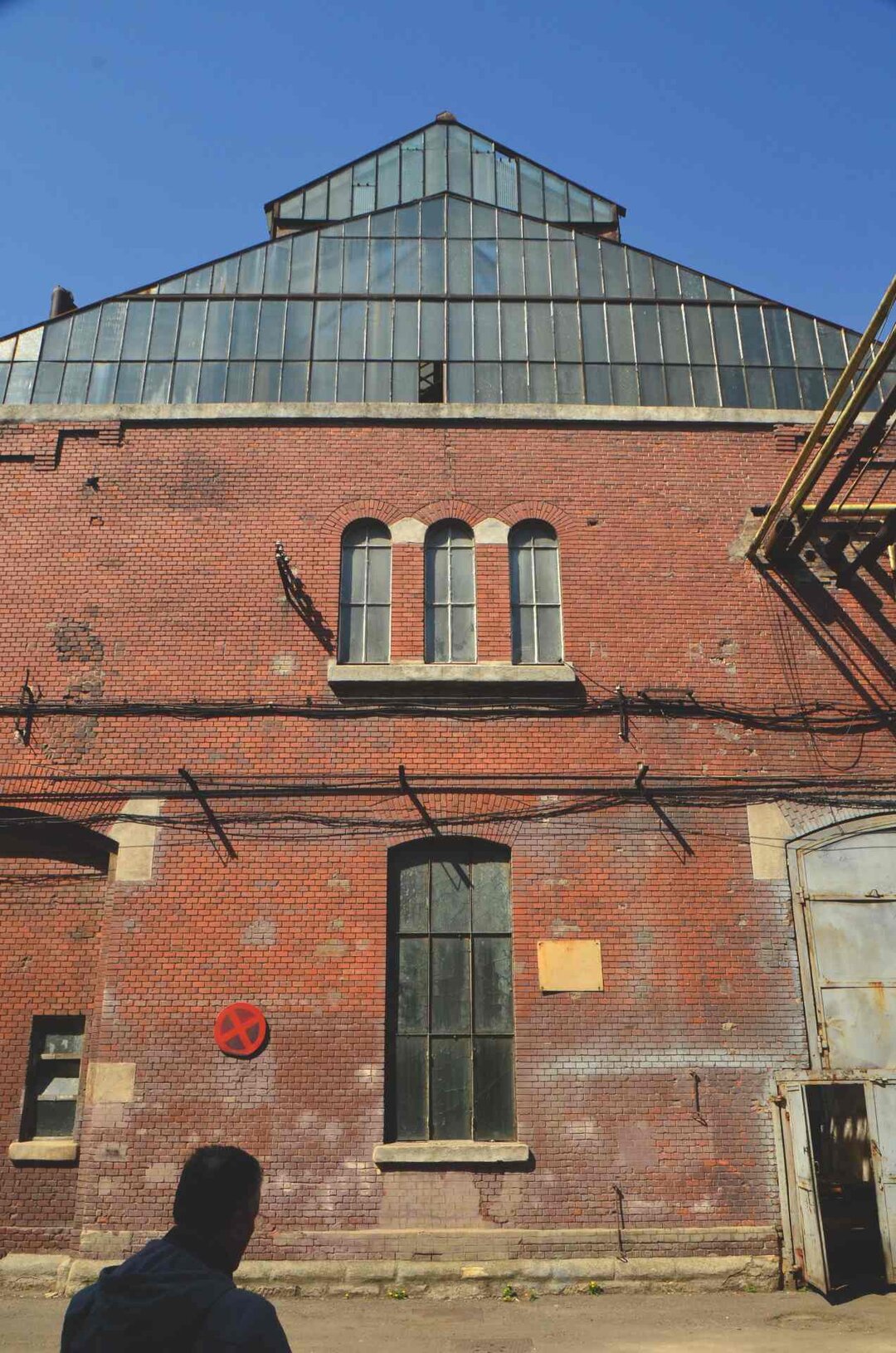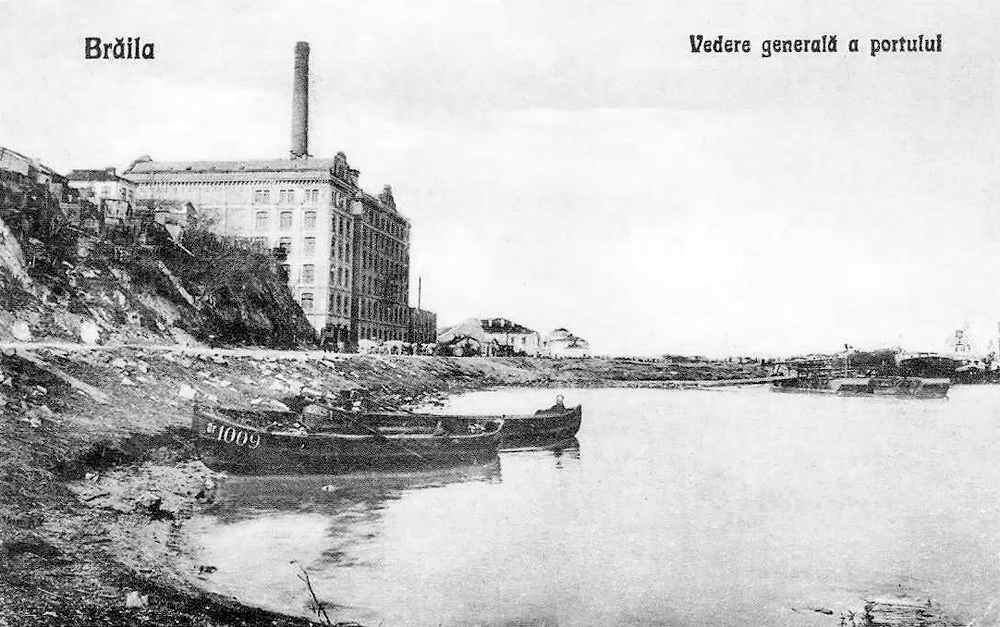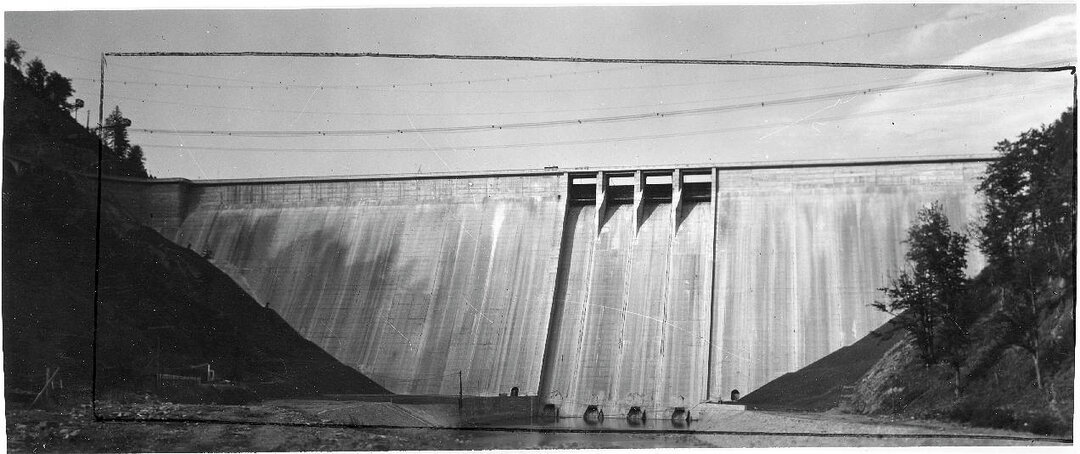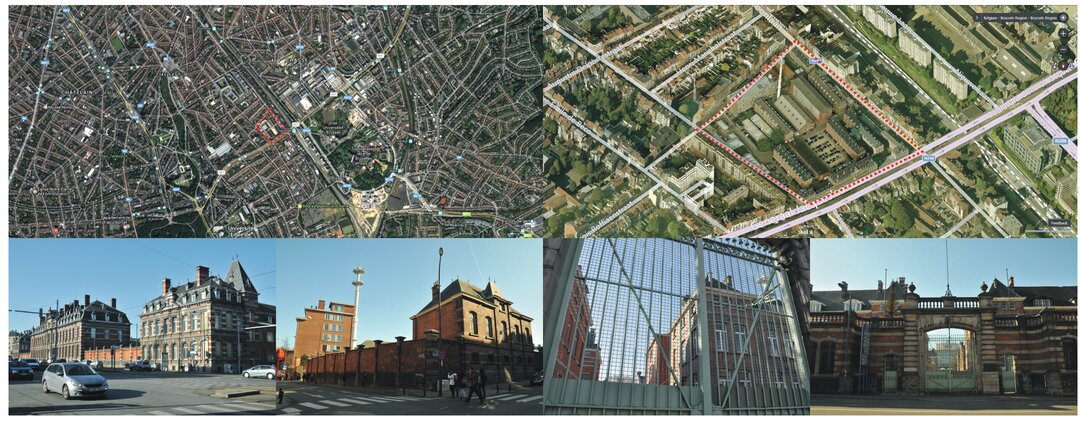
Charter for the Industrial Heritage
Definitions, terminology, principles and concepts
Eusebi CASANELLES,
President TICCIH, Director, Museu de la Ciència i de la Tècnica de Catalunya, Rambla d'Ègara 270, 08221 Terrassa, BARCELONA, Spain
Stuart B. SMITH,
TICCICIH Secretary, "Chygarth", 5 Beacon Terrace, CAMBORNE, Cornwall TR14 7BU, UK
Mr. Eugene LOGUNOV,
organizer of the XII International Congress of TICCIH Moscow, 2003
The Charter on Industrial Heritage- adopted by TICCIH (the International Committee for the Conservation of Industrial Heritage and the expert advisor to ICOMOS - the International Council on Monuments and Sites - on industrial heritage) at its congress in Moscow/Nizhny Tagil in 2003, is a landmark document for the field of industrial archaeology, the crowning achievement of a continuous evolution in the second half of the 20th century and of remarkable efforts to recognize the legitimacy of this new field of research.
The term 'industrial archaeology' was coined in the early 1960s by the British historian Kenneth Hudson (Senior Lecturer in Adult Studies at the University of Bath and first editor of the Journal of Industrial Archaeology) and formalized in 1959 by the Council for British Archaeology. The legitimacy of the field is reinforced by the establishment in 1973 of TICCIH and by the (first in the field) Council of Europe Recommendation (No. 872 /1979), heritage protection policies gradually including research and conservation studies of industrial heritage.
Although almost 20 years have passed since the Charter, the term 'industrial archaeology' is still contested today, even though the new discipline now has a theoretical basis and has established itself as a complex interdisciplinary field whose research encompasses the tangible and intangible evidence of industrial life and production in their historical evolution. By interpreting these testimonies from an economic, technological and architectural point of view, industrial archaeology in the 21st century is taking an important step forward by taking into account the powerful cultural significance of industrial heritage as a determining element in the evolution of human society. Heritage protection policies today take this significance into account.
Systematic inventory campaigns (as an indispensable first step in the protection of industrial heritage) have made it possible to identify the types of industrial heritage values and the risks to which they were exposed, and to take the necessary decisions to save sites considered significant and threatened with extinction. There have been some unavoidable losses, but many monuments have been recovered, especially since the 1990s, and with international recognition of the importance of the field, several industrial sites of outstanding universal value have been included in the World Heritage List.
The Industrial Heritage Charter includes, on the one hand, a small glossary of terms essential to understanding the specificity of the field - industrial heritage, industrial archaeology, historical period of main interest, industrial heritage values - and, on the other hand, clarifies notions related to the importance of identification, inventorying and research, legal protection measures, maintenance and conservation, education and training, ways of presentation and interpretation, and stimulating public interest in industrial heritage.
Given that there are still gaps in the knowledge of the area of reference of the term industrial archaeology, we consider it necessary to present the Industrial Heritage Charter in its entirety (M.M.).
Industrial Heritage Charter
prepared by TICCIH/ICOMOS/UNESCO
Preamble
The earliest periods of human history are known through archaeological remains that bear witness to fundamental changes in the manufacturing processes of everyday objects. The importance of preserving and studying the evidence of these changes is universally accepted.
Beginning in Europe in the Middle Ages, innovations in energy use and trade led, by the end of the 18th century, to changes as important as those that took place between the Neolithic and Bronze Ages. These changes brought about social, technical and economic developments in the conditions of production that were rapid and far-reaching enough to be described as a revolution. The Industrial Revolution was the beginning of a historical phenomenon which continues to this day and which has left its mark on a large part of humanity and all other forms of life on the planet.
The material evidence of such profound changes is of universal human value, and the importance of studying and preserving it must be recognized.
The delegates who met in 2003 at the Congress of the International Committee for the Preservation of Industrial Heritage held in Russia wish to affirm that the structures and buildings erected for industrial activities, the processes and tools used, the cities and landscapes in which they are located, together with all their other manifestations, tangible and intangible, are of fundamental importance. They must be studied, their history must be known, their meaning and significance must be explained in a way that is clear to all, and the most significant and relevant examples must be identified, protected and conserved in accordance with the provisions of the Venice Charter1 , for the benefit of the present and the future.
1. Definition of industrial heritage
Industrial heritage consists of the remains of industrial culture which have historical, technological, social, architectural or scientific value. These relics include: buildings, machinery and plant, workshops, mills and factories, mines and sites for processing and refining, warehouses, depots, energy production, transmission and utilization centers, transport structures and infrastructure, as well as places used for social activities related to industry (housing, places of worship, educational buildings).
Industrial archaeology is an interdisciplinary method that studies all material and immaterial evidence, documents, artifacts, stratigraphy and structures, human settlements and natural and urban landscapes created for or by industrial processes2. Industrial archaeology uses the most appropriate methods of investigation to increase understanding of the industrial past and present.
The historical period of primary interest for this study is the period from the beginnings of the Industrial Revolution, i.e. the second half of the 18th century, to the present day, without neglecting its pre-industrial and proto-industrial roots. In addition, the study of the historical period also covers techniques and crafts.
2. Industrial heritage values
Industrial heritage bears witness to activities that have had and continue to have profound historical consequences. The reasons for protecting industrial heritage are based on the universal values of this heritage
Industrial heritage has a social value in that it reconstructs the lives of ordinary people, men and women alike, and gives them an important sense of identity. It has a scientific and technical value in the history of industry, engineering and construction. It can also have an aesthetic value given the quality of its architecture, design or conception.
These values are intrinsic to the site itself, its structures, components and machines, its industrial landscape, its written documentation and the intangible memories of collective memory and customs.
Rarity, in terms of the survival of particular crafts, site or landscape typologies, adds particular value and should be carefully assessed. The earliest or pioneer examples are of particular value.
3. The importance of identification, inventory and research
All local and regional authorities should identify, inventory and protect the industrial remains they wish to preserve for future generations.
The extent of the industrial heritage should be known through field surveys and industrial typologies. Using this information, inventories of all identified sites should be made. These should be designed to allow easy and free public access. Computerization and online access are major objectives.
Inventory is a fundamental part of the study of industrial heritage. A complete inventory of the physical and environmental characteristics of a site should be compiled and kept in public archives prior to any intervention. A wealth of information can be gained if the inventory is made before an intervention or closure of a site. The inventories should include descriptions, drawings, photographs and a video taken during plant operation, with references to existing documentary sources. Oral surveys, recorded and filed in archives, are a unique and irreplaceable source of documentation for inventories.
Archaeological research at historic industrial sites is a fundamental technique in the study of historic industrial sites, which should be carried out to the same rigorous standards that apply to other types of historical research.
Historical research programs are necessary to support industrial heritage protection policies. Given the interdependence of many industrial activities, international studies can help to identify sites and types of sites of global importance.
Quality assessment criteria for industrial buildings should be defined and published so that the public is aware of rational and consistent standards. Based on appropriate research, these criteria should be used to identify the most important surviving landscapes, settlements, sites, typologies, buildings, structures, machines and processes.
Those sites and structures identified as important should be protected by legal measures strong enough to ensure their preservation. The UNESCO World Heritage List should recognize the exceptional impact that industrialization has had on human culture.
The value of important sites should be defined and rules for future interventions should be established. Any legal, administrative or financial measures needed to preserve their authenticity should be taken.
Endangered sites should be identified so that the necessary measures can be taken to reduce this risk and to facilitate restoration and re-use projects.
International cooperation is a particularly favorable approach for the conservation of industrial heritage through coordinated initiatives and pooled resources. Compatible criteria for pooling inventories and international databases should be developed.
4. Legal protection
Industrial heritage should be considered as an integral part of cultural heritage in general. However, its legal protection must take into account its specific nature. It should be able to protect factories and their machinery, underground features and structures at ground level, groups of buildings and industrial landscapes. Industrial waste areas and abandoned industrial sites should be protected for their archaeological potential and ecological value.
Industrial heritage conservation programs should be integrated into economic policies and planning at regional and/or national level.
The most important sites should be fully protected and no interventions should be authorized that compromise their historical integrity or authenticity of construction. Adaptation and re-use can be an appropriate and cost-effective way to ensure the survival of industrial buildings and should be encouraged through appropriate legal controls, technical advice, tax incentives and subsidies.
Industrial communities threatened by rapid structural change should be supported by central and local authorities. Potential threats to industrial heritage caused by these changes should be anticipated and plans should be developed to avoid resorting to emergency measures.
Procedures should be established for rapid response to the closure of important industrial sites so that the displacement or destruction of their significant elements can be prevented and halted. Where appropriate, competent authorities should have the legal authority to intervene to protect such sites.
The authorities should have access to specialized advisory bodies which can provide independent advice on matters relating to the protection and conservation of the industrial heritage, and their opinion should be sought in all important cases.
Efforts should be made to ensure the consultation and participation of local communities in the protection and conservation of their industrial heritage.
Voluntary associations and societies are indispensable actors in the field of industrial heritage protection, playing an important role in identifying sites, facilitating public participation in their conservation, and making a significant contribution to the dissemination of information and research.
5. Maintenance and conservation
The conservation of industrial heritage is dependent on preserving the functional integrity of the site, and interventions on an industrial site should aim to maintain its integrity as far as possible. The value and authenticity of an industrial site can be significantly reduced if machinery has been removed or if secondary elements that are part of an ensemble have been destroyed.
The conservation of industrial sites requires a thorough knowledge of the purpose(s) for which they were created and of the various industrial processes that took place on the site. All may have changed over time, but past uses need to be examined and evaluated.
Preservation in situ should always be prioritized. The dismantling and relocation (relocation) of a building or structure can only be accepted if there are overriding economic and social needs to destroy the site.
Adaptation of an industrial site to a new use in order to ensure its preservation is generally accepted, except for sites of particular historical significance. The new uses should respect the specific material and the original circulation and production patterns and be as far as possible compatible with the previous use. It is recommended that the new development evokes the old industrial activity.
The adaptation and re-use of old industrial buildings contributes to the reduction of energy losses and sustainable economic development. Industrial heritage can play an important role in the economic regeneration of disadvantaged or declining regions. The continuity that the re-use of old industrial sites implies, through the re-employment of the local workforce, can have the effect of psychologically balancing communities facing sudden job losses.
Interventions on industrial sites should be reversible and have minimal impact. Any change that cannot be avoided and acts of suppression of significant elements should be inventoried, recorded, inventoried and stored in a secure environment. Many industrial processes add value, which may be an essential element of the site.
Reconstruction or return to a previously known state should be considered as an exceptional intervention, permitted only if it contributes to the restoration of the integrity of the site as a whole or in the case of violent destruction of an important site.
The knowledge involved in many industrial processes, old or obsolete, is a very important source of documentation, the loss of which may be irreplaceable. They must be carefully recorded and passed on to new generations. The preservation of documents, company archives, building plans and samples of industrial products should be encouraged.
6. Education and training
Specialized vocational training dealing with methodological, theoretical and historical aspects of industrial heritage should be carried out in technical colleges and universities.
Specific teaching material on industrial heritage and the dissemination of related knowledge should be developed for primary and secondary school pupils.
7. Presentation and interpretation
Public interest and concern for industrial heritage and appreciation of its values are the surest ways to ensure its preservation. Public authorities should actively explain the significance and value of industrial sites, through publications, exhibitions, television broadcasts, the Internet and other means of communication, provide permanent access to important sites and promote tourism in industrial areas.
Specialized industrial and technical museums and preserved industrial sites are important ways to protect and interpret industrial heritage.
"Regional and international industrial heritage 'trails'3 can promote the study of continuing transfers of industrial technology and engage a mass influx of the public interested in a new approach to industrial heritage.

NOTES
1. "Venice Charter for the Conservation and Restoration of Monuments and Sites", 1964
2 For the purpose of this document, the term "sites" refers to landscapes, assemblages, buildings, structures, structures, installations and machinery, unless these terms are explicitly mentioned.
3. ERIH - European Routes of Industrial Heritage, the tourism information network of industrial heritage in Europe. ERIH is a network initiated in 1999 and financed since 2001 by European funds under the Interreg II C project. ERIH members are: Czech Republic, Denmark, France, Germany, Italy, Netherlands, Poland, Portugal, Spain, United Kingdom. The 13 thematic trails of the ERIH (with 36 subcategories) - Water and Wind Energy, Housing and Architecture, Industry and War, Iron and Steel, Industrial Landscapes, Mining, Paper, Manufacturing and Crafts, Salt, Tourism and Leisure, Textiles, Transport and Communications, Water Building Technologies - form a database illustrating the connections between the main themes of European industrial heritage through the prism of industrial history and industrial archaeology. The result is a 'circuit diagram' linking industrial monuments across the continent. http://www.erih.net/.



